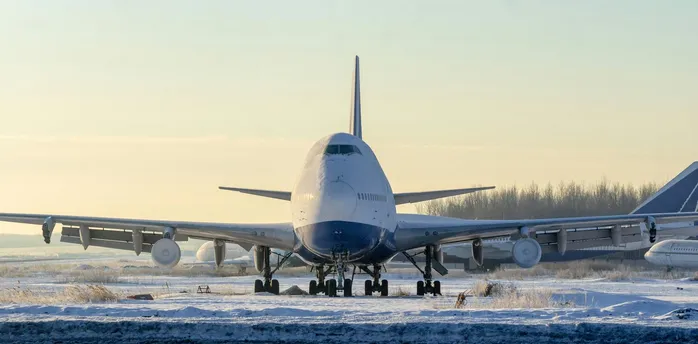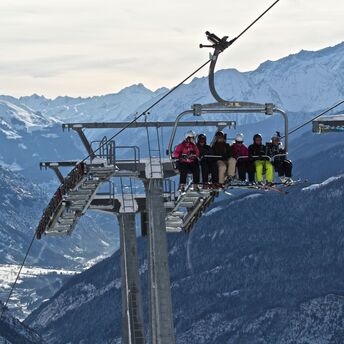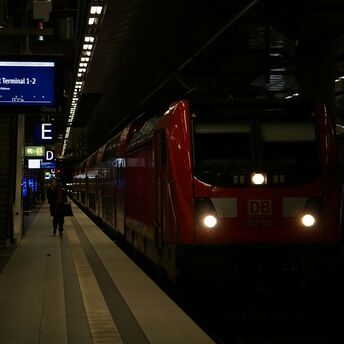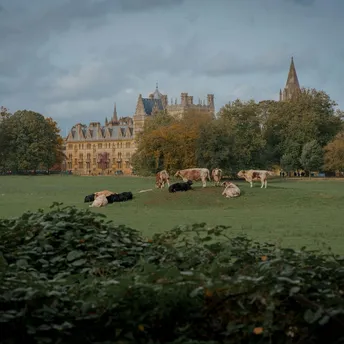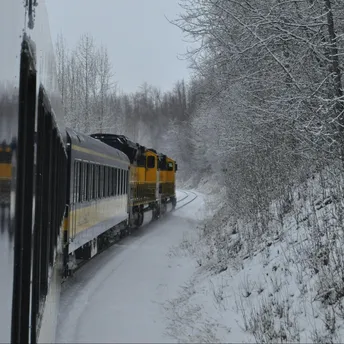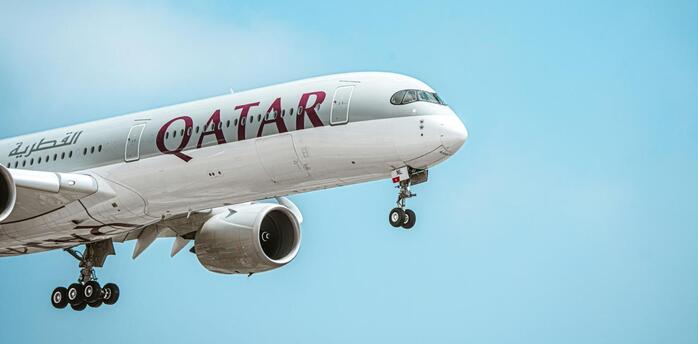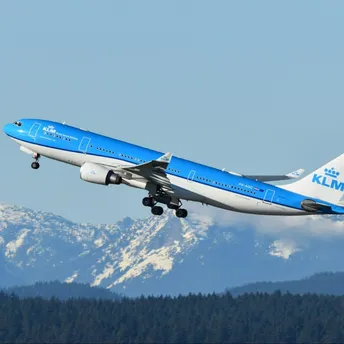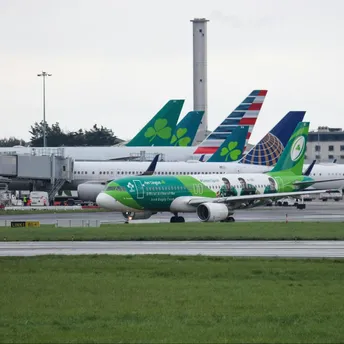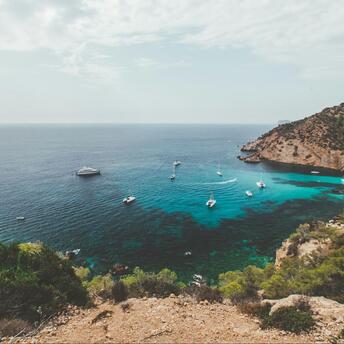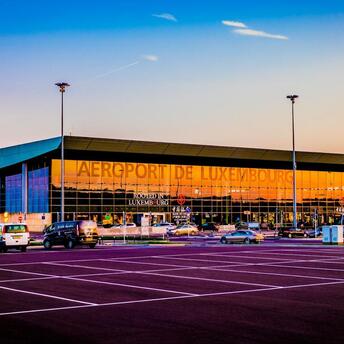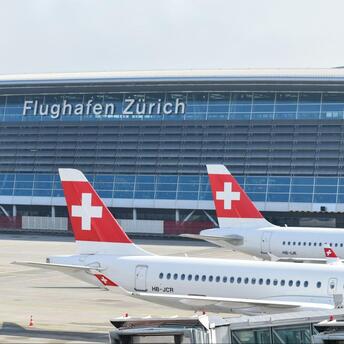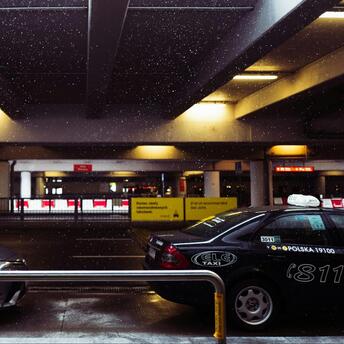The Tourism Boom in Japan: Challenges and New Solutions
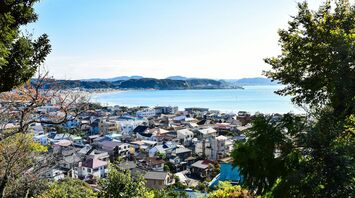
Tourism in Japan is experiencing rapid growth, not only in major cities but also in smaller historical towns. Local authorities are actively working to manage the flow of visitors to prevent issues caused by overcrowding. This is especially important for places like Kamakura, a city known for its ancient temples and traditional architecture, where the surge in tourist numbers is already affecting the quality of visits and the comfort of both travelers and residents.
A notable example is a famous railway crossing, which has become a hot spot for anime fans looking to capture the perfect photo. However, the sheer volume of people trying to take pictures often obstructs traffic, increasing the risk of accidents. In response, local authorities have had to station security personnel to maintain order and safety at the site.
The pandemic has not only impacted the overall number of tourists but has also shifted their motivations. Experts note that many travelers now choose destinations they've seen on social media platforms like Instagram and TikTok. This trend has led to a sudden surge in popularity for smaller, lesser-known spots, creating new challenges for local infrastructure and services.
Additionally, the growth of domestic tourism in Japan has become a key factor in the overcrowding of many tourist routes. Economic difficulties and high costs for international travel have encouraged many Japanese to explore their own country’s cultural landmarks. This places further strain on already popular destinations, such as Kyoto, where previously implemented transport measures have helped manage the large influx of visitors.
To mitigate the effects of overtourism, several cities, including Kyoto, have introduced new rules and restrictions. One of these steps was the elimination of single-day bus passes, which allowed unlimited travel throughout the city. Instead, a dedicated sightseeing bus route has been launched to transport tourists directly to major attractions, reducing the burden on regular transit routes.
Many experts now emphasize that it is not only important to control the number of tourists but also to rethink the very purpose of travel. Tourism should not just be about taking beautiful photos but also about fostering mutual understanding between cultures.


